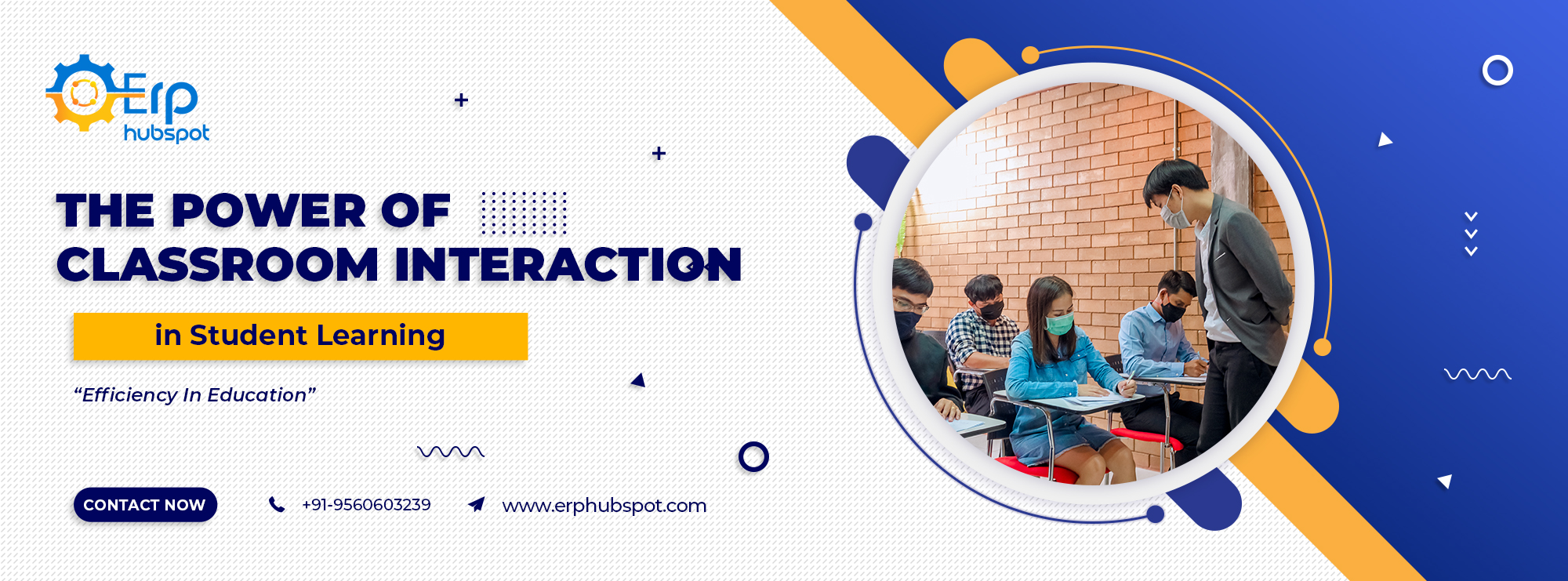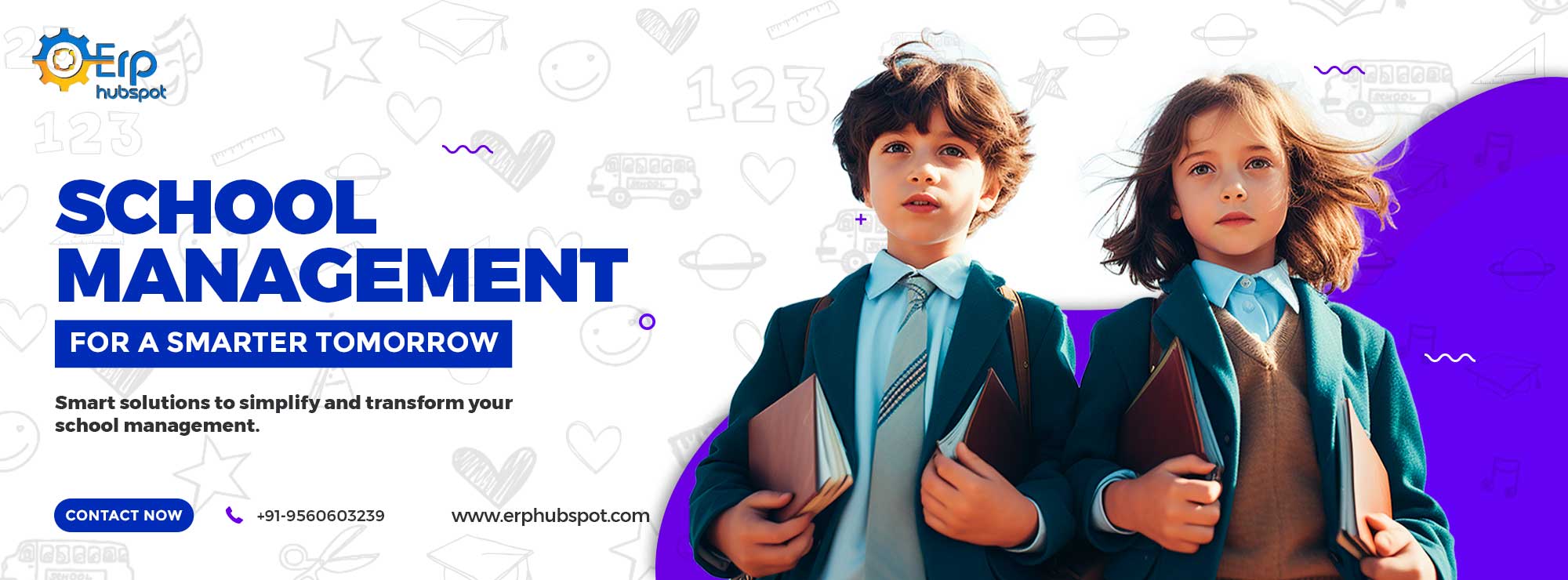The Power of Classroom Interaction in Student Learning
 In the landscape of education, the dynamics within a classroom are pivotal in shaping students' learning experiences and outcomes. Among the multitude of factors influencing educational success, classroom interaction emerges as a potent catalyst for fostering engagement, comprehension, and retention. This comprehensive article aims to delve deeply into the significance of classroom interaction in student learning and elucidate its multifaceted benefits.
In the landscape of education, the dynamics within a classroom are pivotal in shaping students' learning experiences and outcomes. Among the multitude of factors influencing educational success, classroom interaction emerges as a potent catalyst for fostering engagement, comprehension, and retention. This comprehensive article aims to delve deeply into the significance of classroom interaction in student learning and elucidate its multifaceted benefits.
Understanding Classroom Interaction:
Classroom interaction encompasses the myriad ways in which students and teachers engage with one another during the learning process. It transcends mere verbal exchanges to encompass gestures, facial expressions, body language, and other forms of non-verbal communication. Effective classroom interaction fosters a collaborative learning environment where ideas are exchanged, questions are encouraged, and critical thinking is nurtured.
Enhancing Engagement and Participation:
One of the primary benefits of robust classroom interaction is its ability to enhance student engagement and participation. When students feel actively involved in discussions, group activities, and debates, they are more likely to remain attentive and motivated to learn. Interactive teaching methods, such as group discussions, role-playing, and peer teaching, can ignite students' curiosity and stimulate their intellectual growth.
Moreover, technology integration, such as utilizing interactive whiteboards, polling tools, or educational apps, can further enhance engagement by catering to the digital-native generation's preferences and learning styles. By leveraging these tools, educators can create dynamic learning experiences that capture students' attention and encourage active participation.
Fostering Critical Thinking Skills:
Engaging in meaningful dialogue and debate within the classroom setting cultivates critical thinking skills among students. By challenging assumptions, analyzing information, and articulating their perspectives, students develop a deeper understanding of subject matter and hone their ability to think critically. Moreover, interacting with peers and receiving feedback from instructors nurtures a spirit of inquiry and intellectual curiosity.
To foster critical thinking, educators can employ strategies such as Socratic questioning, problem-based learning, and case studies that prompt students to analyze, evaluate, and synthesize information independently. By providing opportunities for students to grapple with complex problems and explore multiple perspectives, educators can empower them to become discerning thinkers and lifelong learners.
Promoting Collaboration and Communication:
Classroom interaction also plays a pivotal role in promoting collaboration and communication skills, which are essential in both academic and professional contexts. Through collaborative projects, group problem-solving activities, and peer review sessions, students learn to work effectively in teams, communicate their ideas persuasively, and resolve conflicts constructively. These interpersonal skills are invaluable assets that prepare students for success in diverse settings.
To foster collaboration and communication, educators can design cooperative learning activities that require students to collaborate on tasks, share ideas, and negotiate solutions collectively. By emphasizing teamwork and effective communication, educators can equip students with the interpersonal skills needed to thrive in collaborative work environments and contribute meaningfully to society.
Enhancing Retention and Comprehension:
Active participation in classroom discussions and interactive learning activities has been shown to enhance students' retention and comprehension of course material. When students are encouraged to verbalize their understanding, ask questions, and engage in dialogue with peers, they are more likely to internalize concepts and commit them to long-term memory. Additionally, interactive teaching methods cater to diverse learning styles, ensuring that every student has an opportunity to grasp the subject matter effectively.
To enhance retention and comprehension, educators can incorporate retrieval practice, spaced repetition, and concept mapping techniques into their instructional practices. By providing regular opportunities for students to review and reinforce their learning through active engagement, educators can help solidify their understanding and facilitate long-term retention of knowledge.
 +91 9560603239 |
+91 9560603239 |  [email protected]
[email protected]
Conclusion:
In conclusion, classroom interaction serves as a cornerstone of effective teaching and student learning. By fostering engagement, critical thinking, collaboration, and communication skills, interactive learning environments empower students to reach their full academic potential. Educators must harness the power of classroom interaction to create vibrant learning communities where students thrive intellectually and personally. By prioritizing interactive teaching methods and cultivating a culture of active participation, educators can inspire a lifelong love of learning and equip students with the skills they need to succeed in an ever-changing world.
Thank you for reading our School Management Software Development Company blog. We look forward to sharing more insights and tips with you in the future!
Feel free to contact us for Institute Management Software Development Services.
Business Email Id: [email protected]
Contact Number: +91 9560603239
















